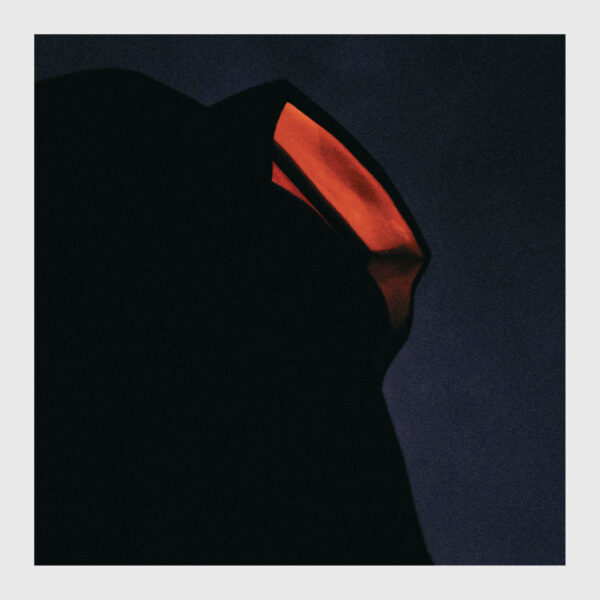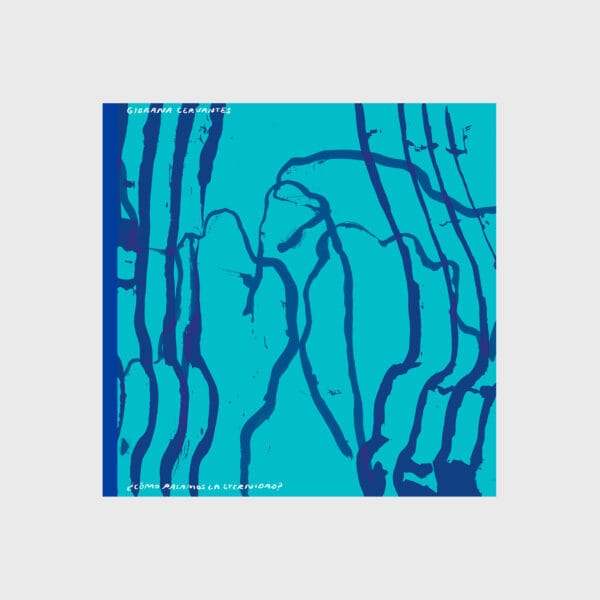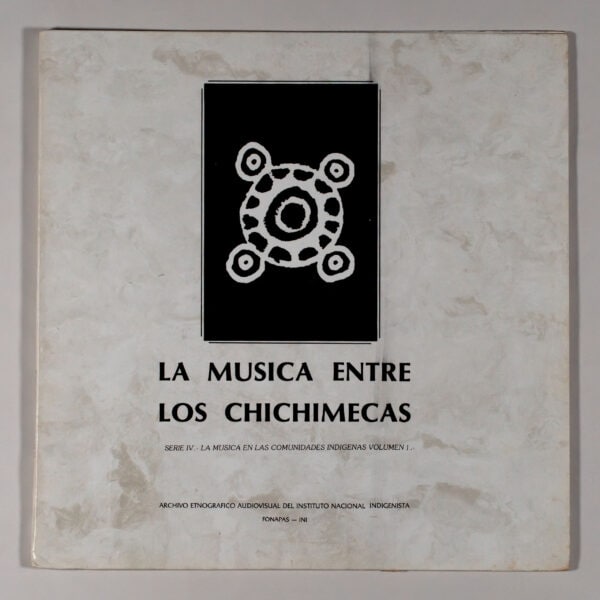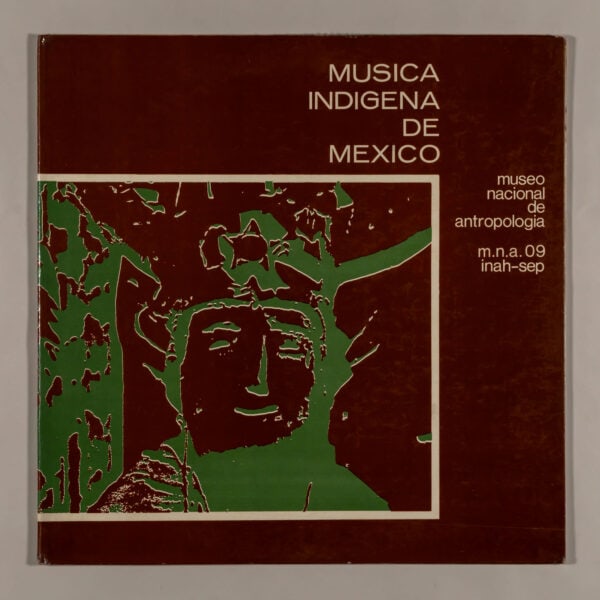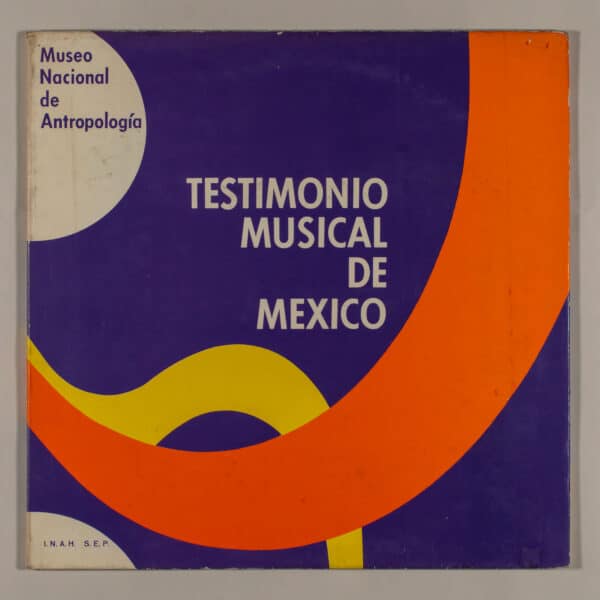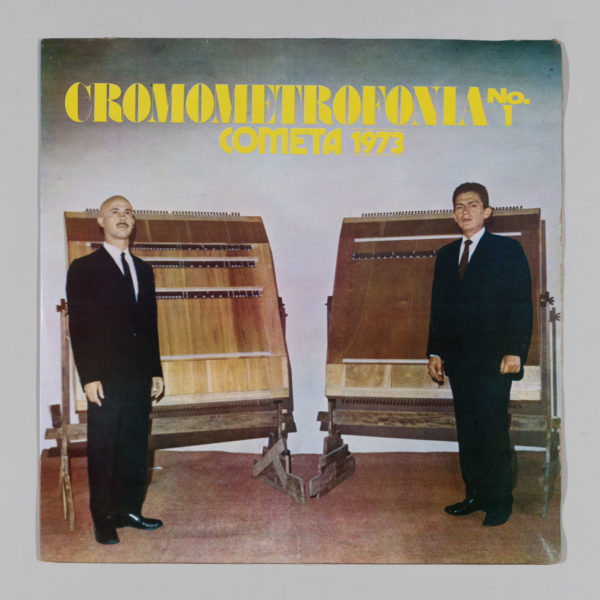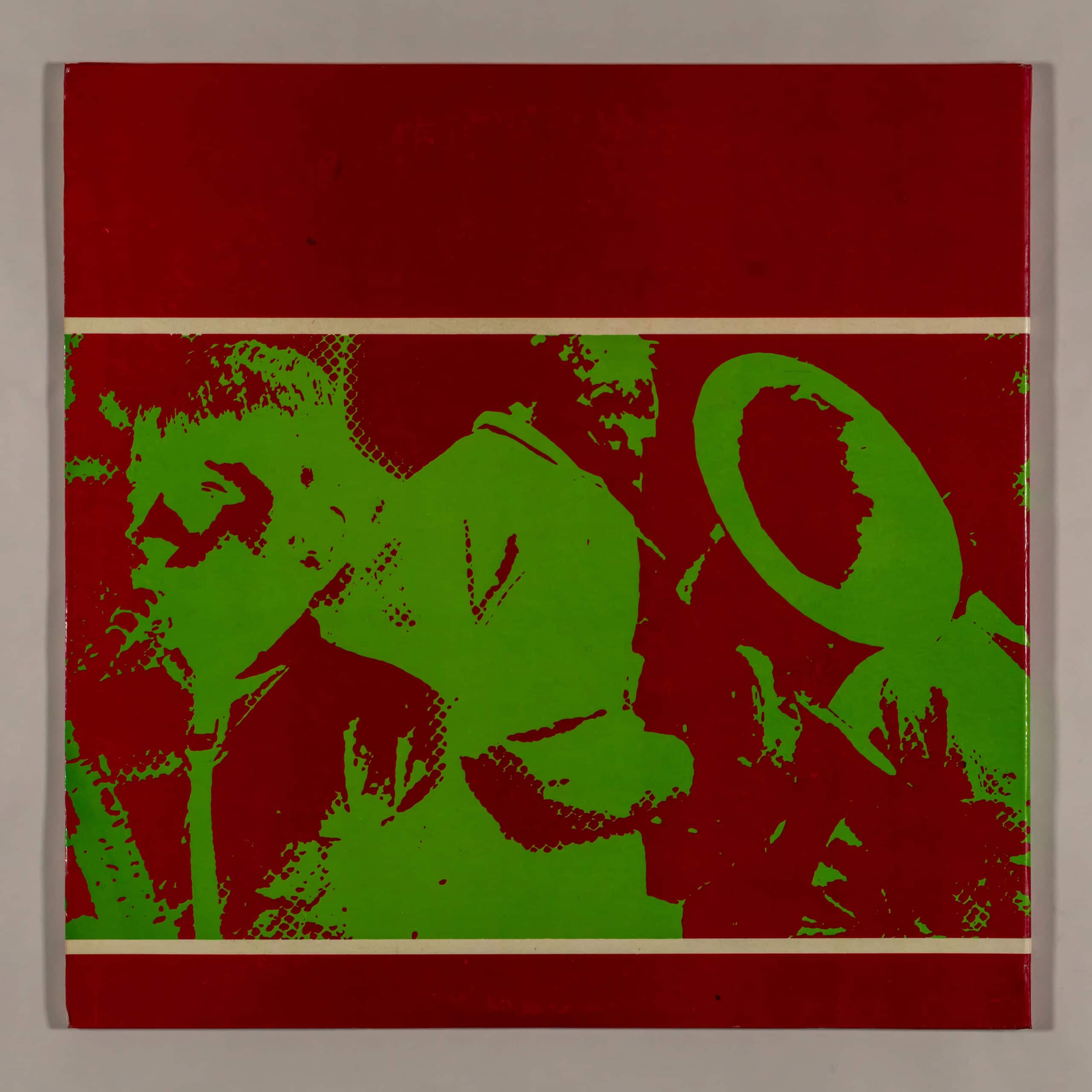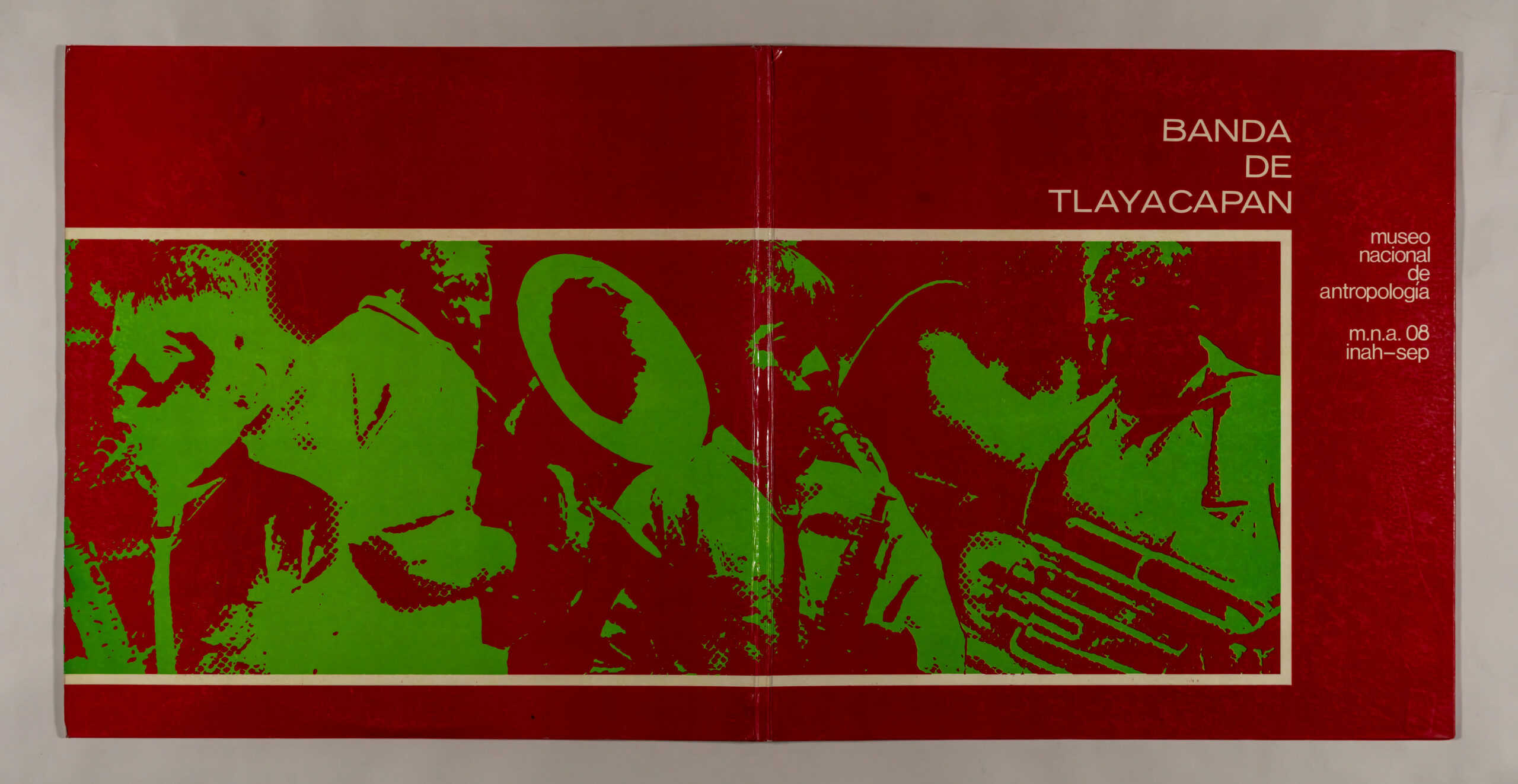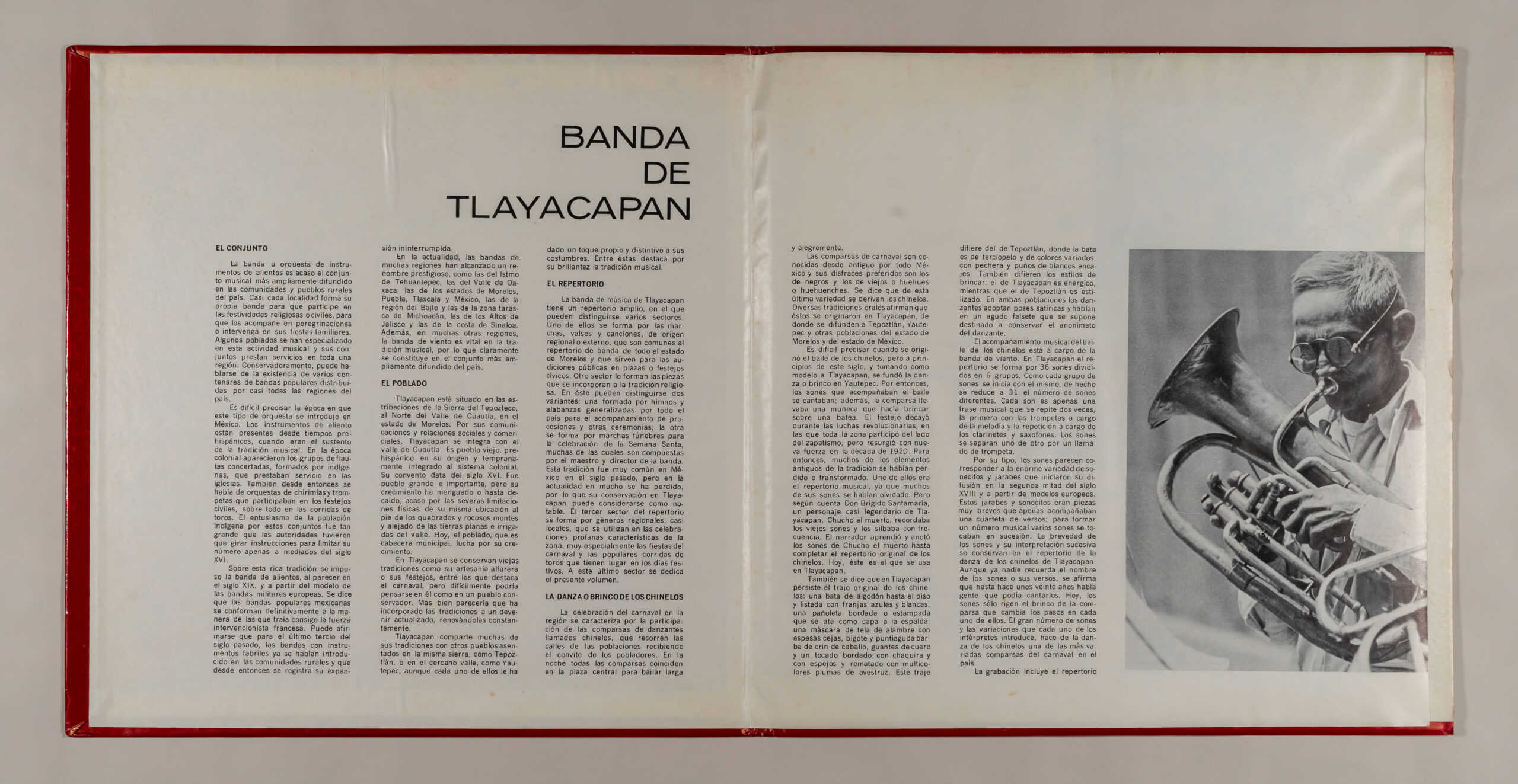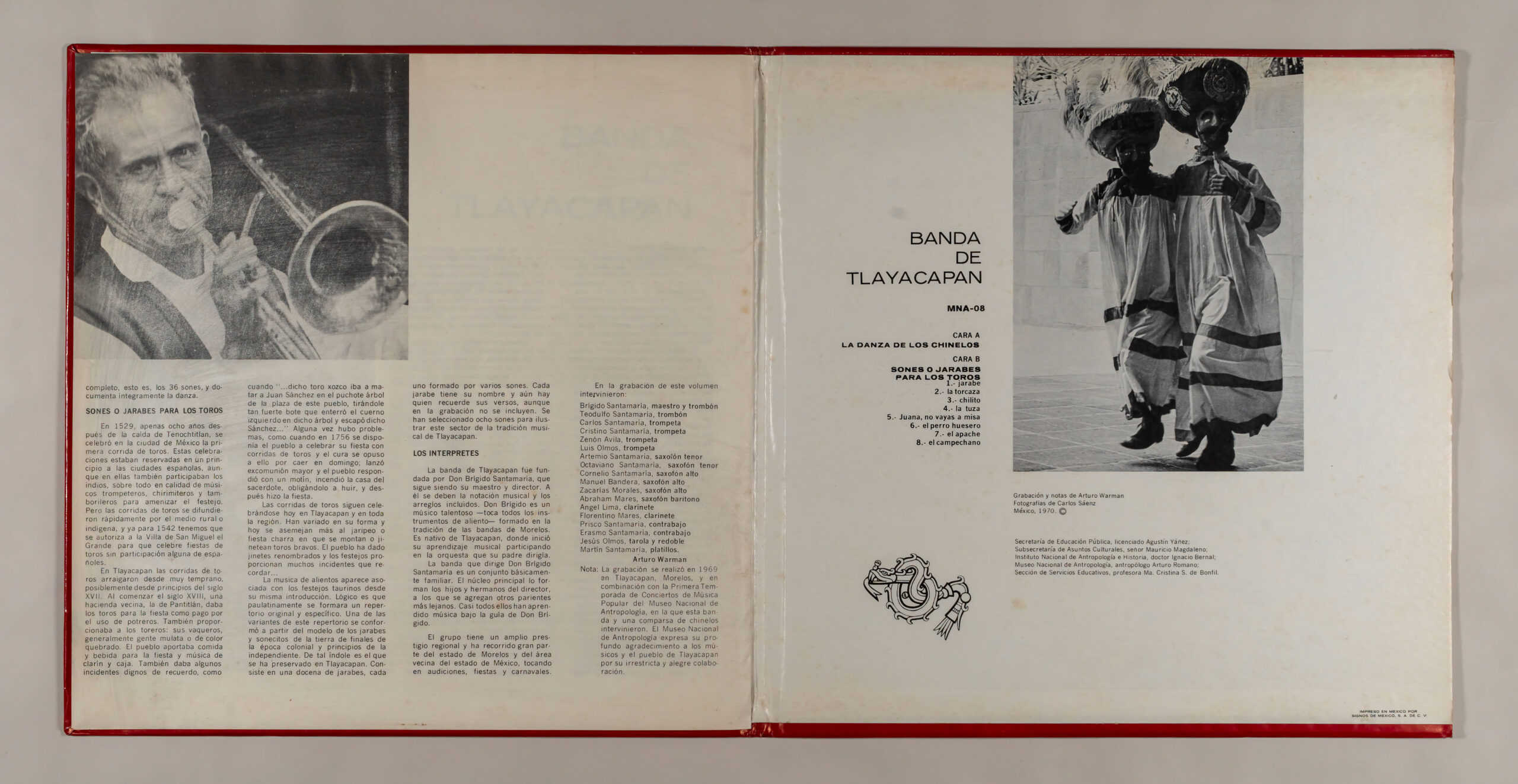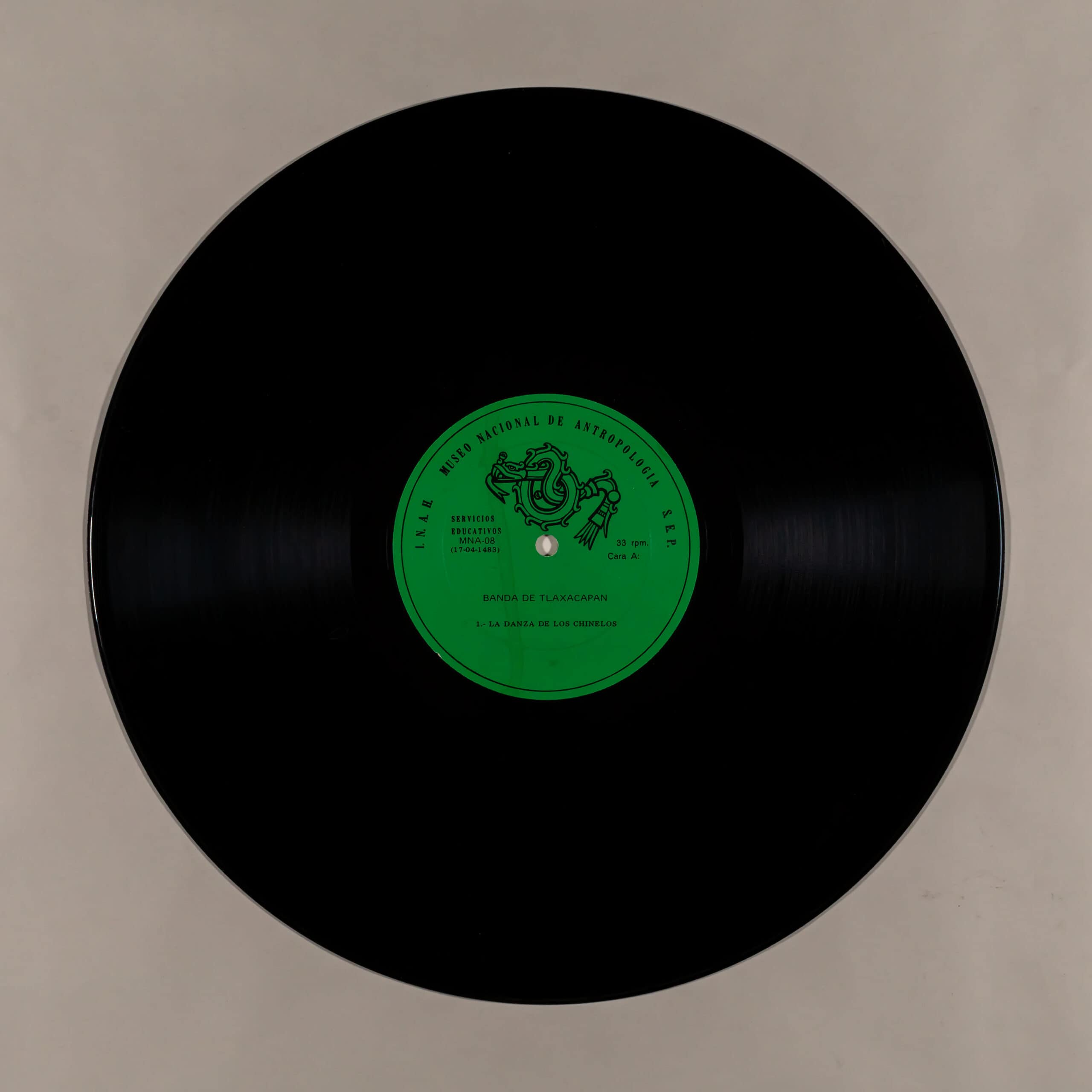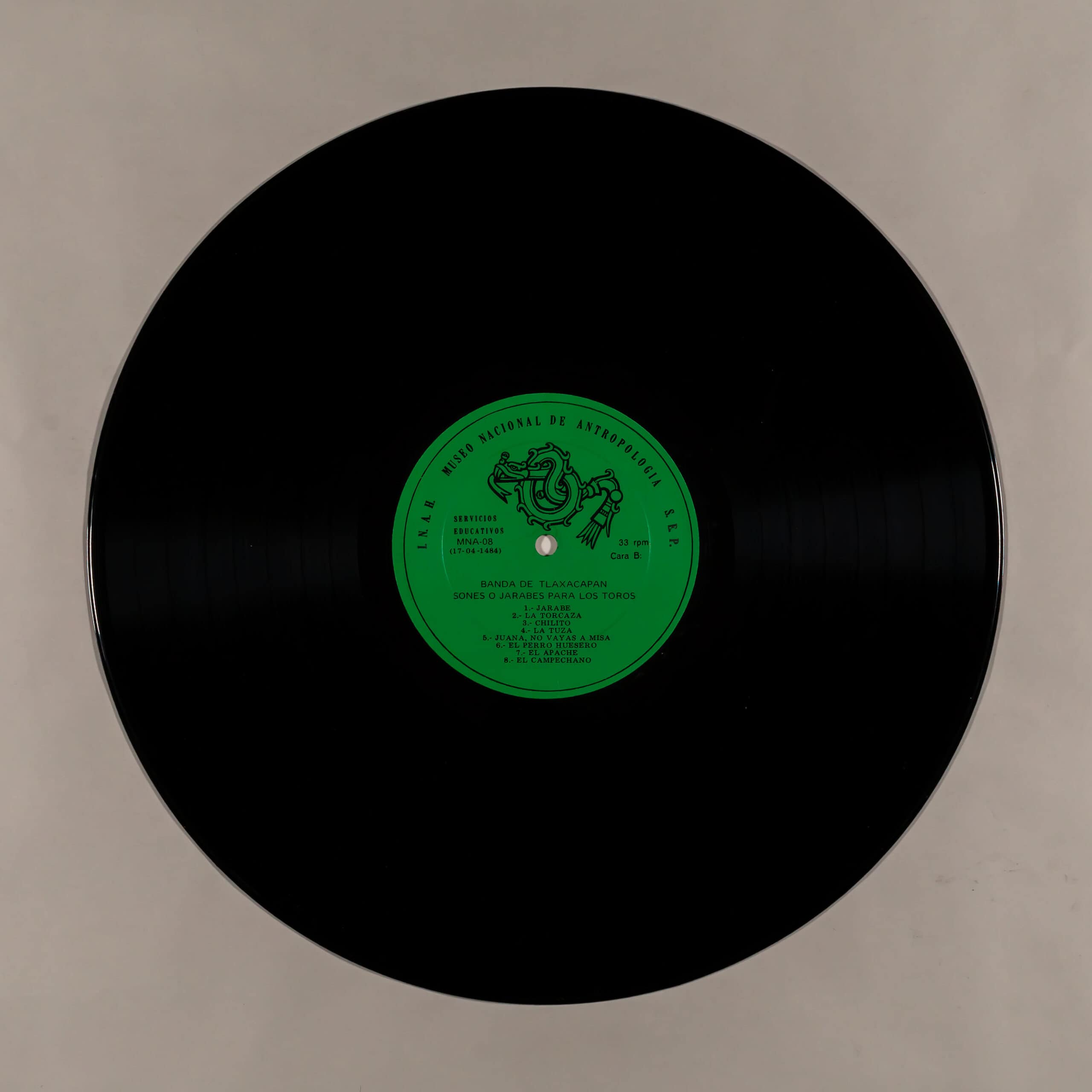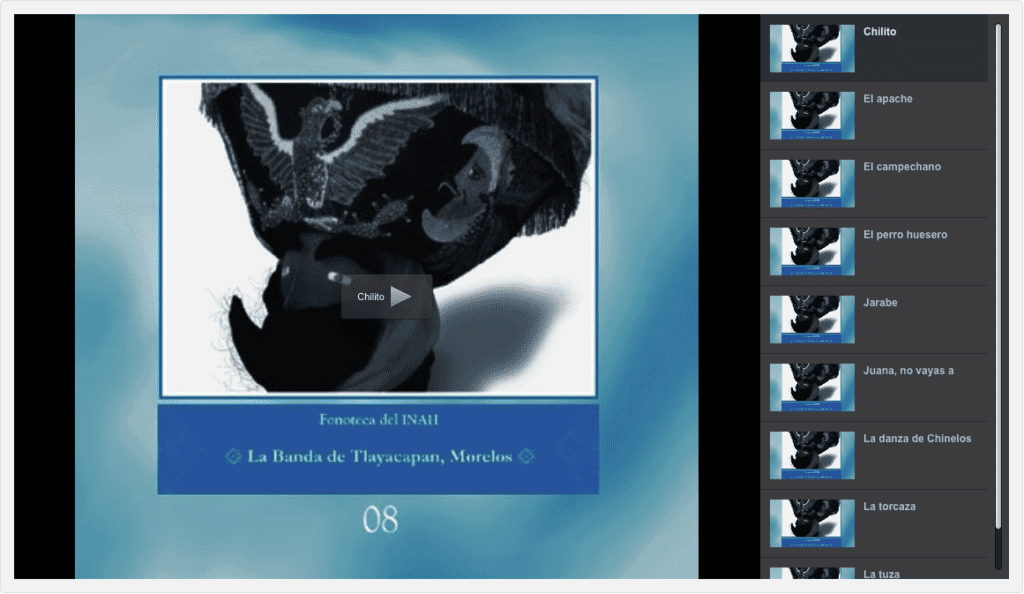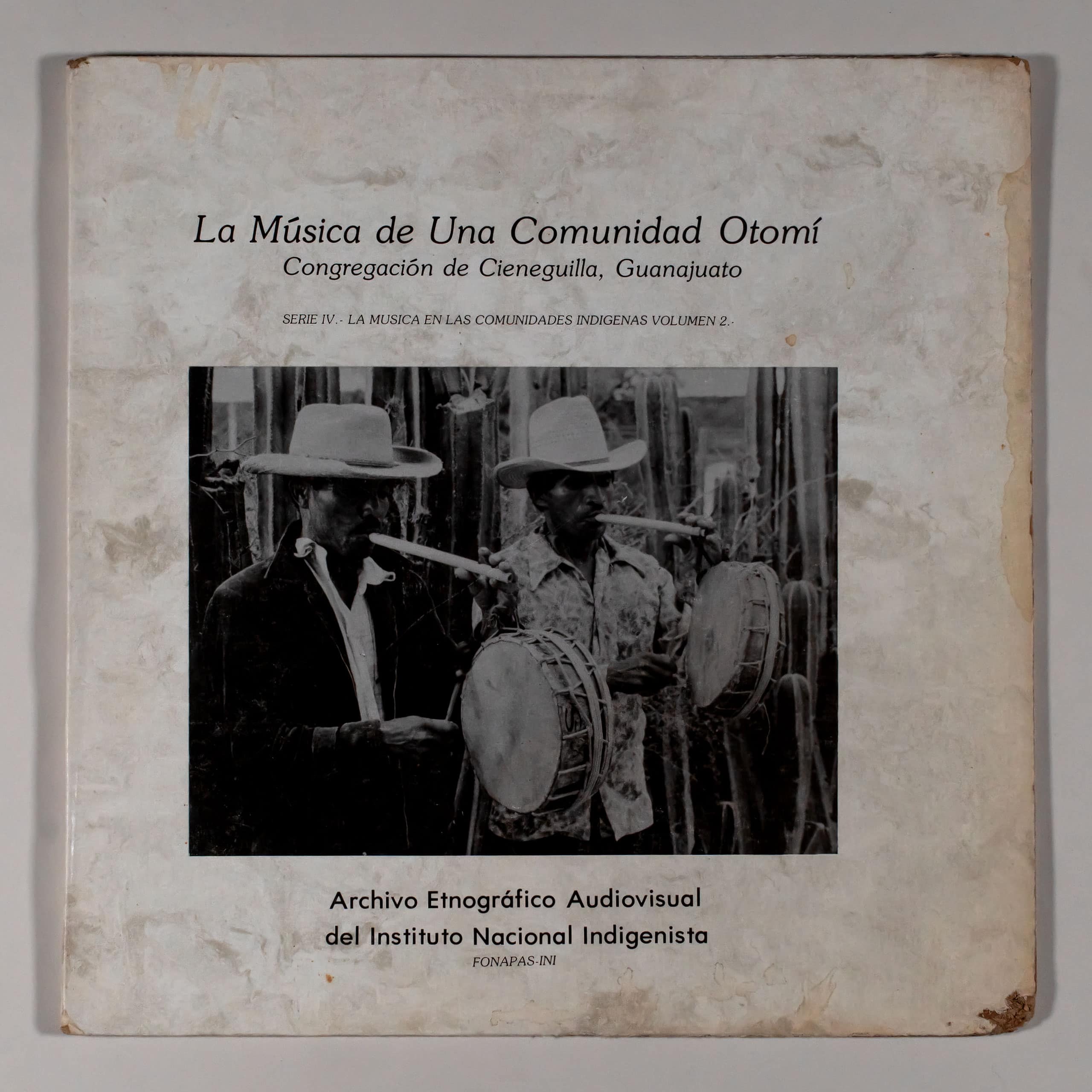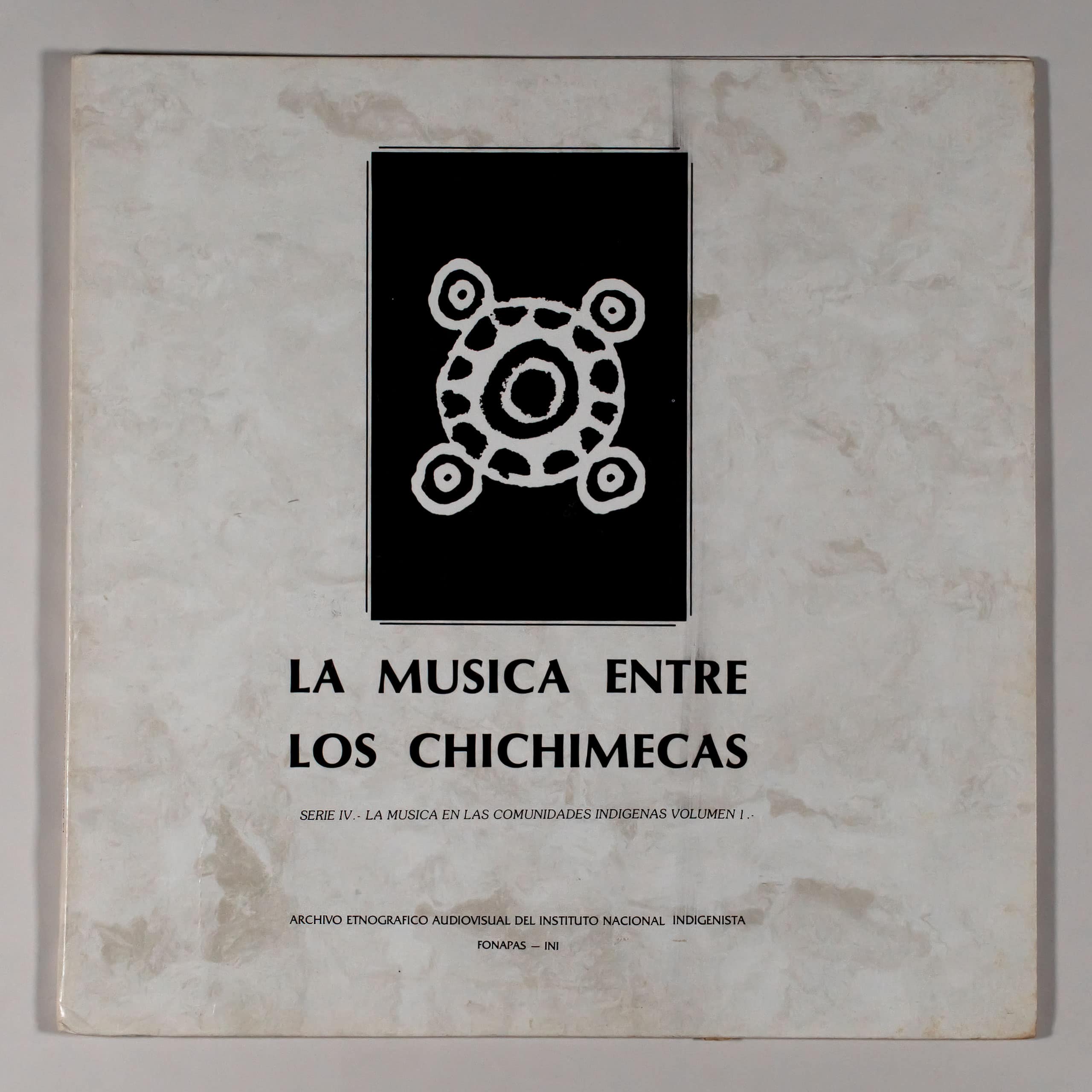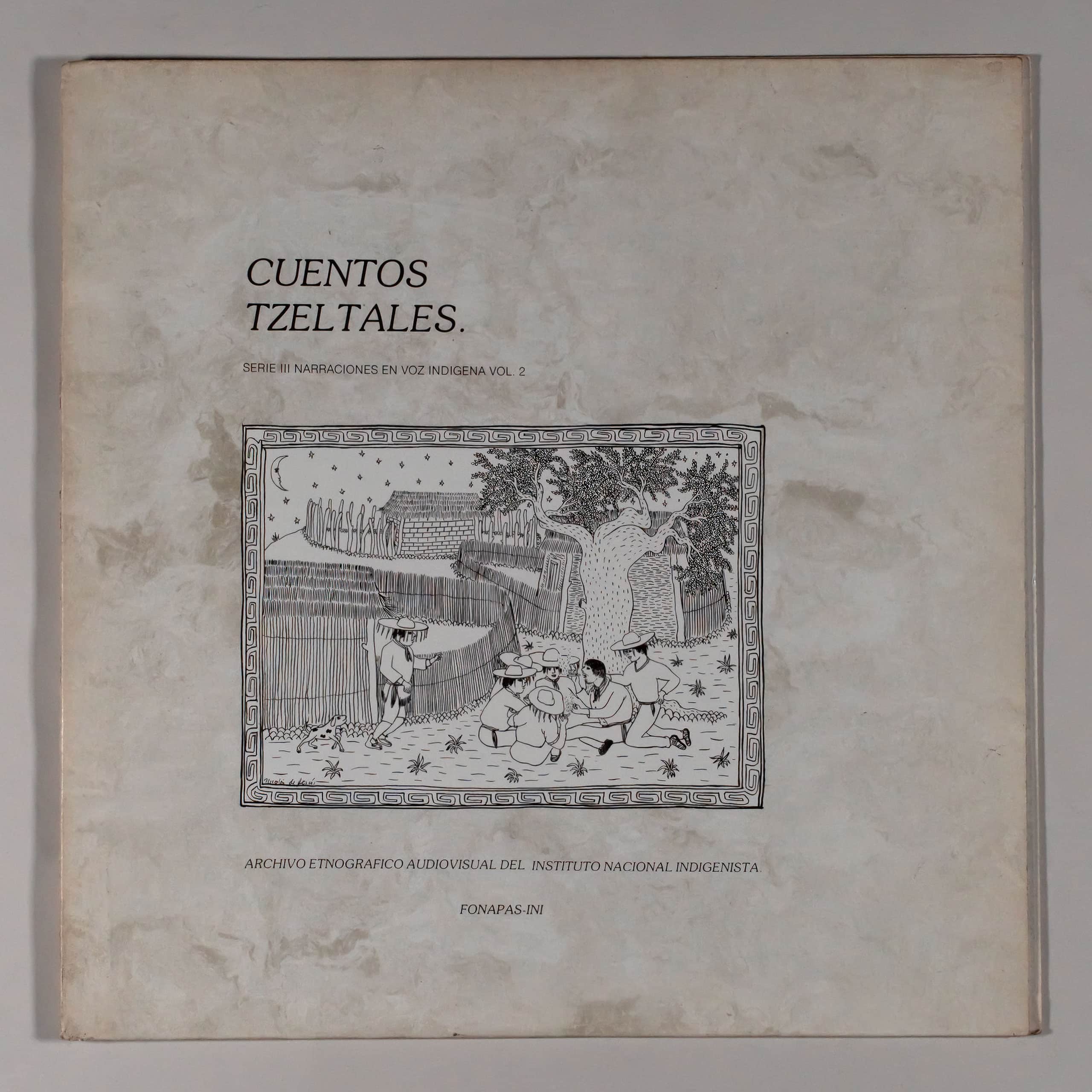TLAYACAPAN BAND
INAH SEP
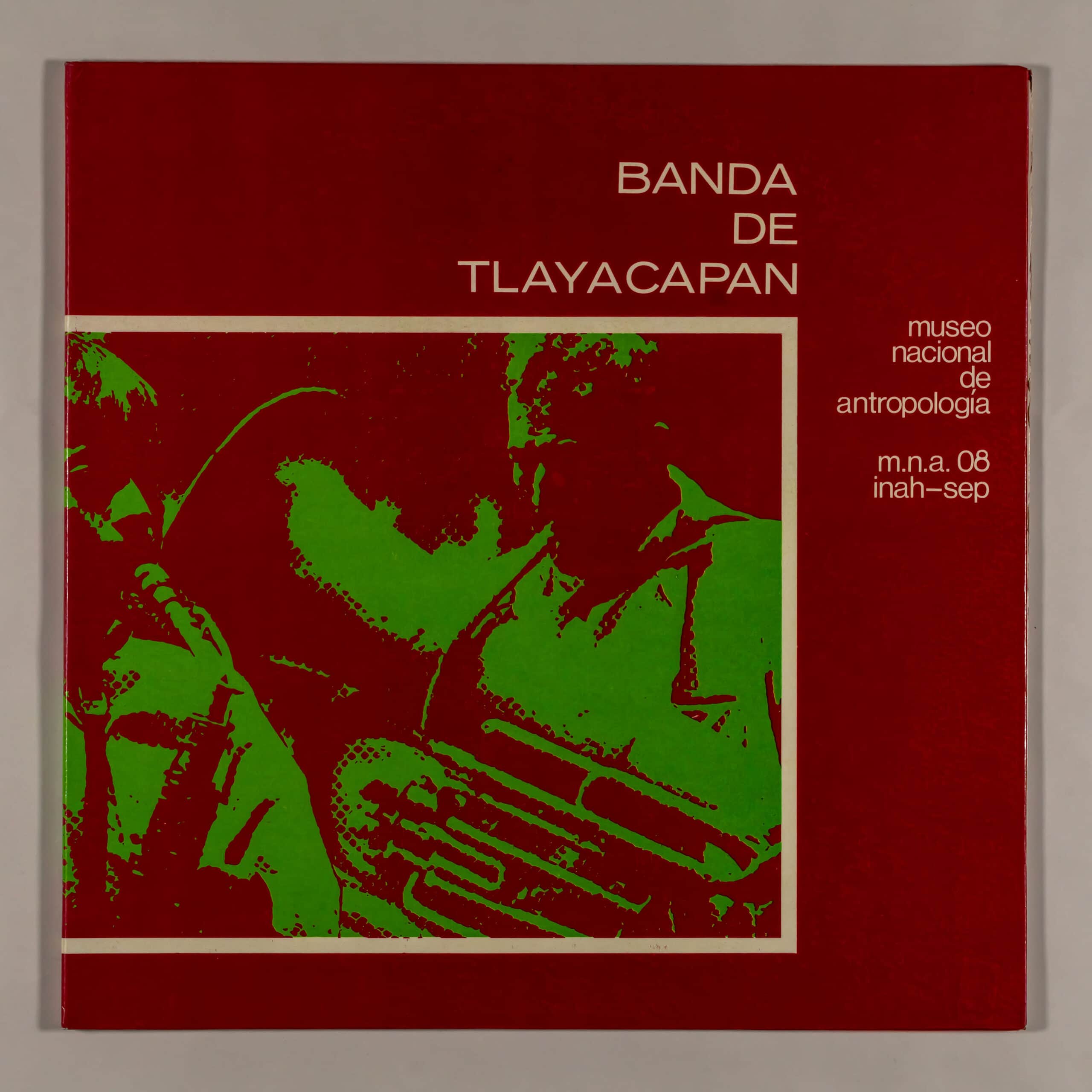
|
Label: INAH-SEP MNA-08 Released: 1970 |
Country: Mexico |
Info:
SET
The band or orchestra of wind instruments is perhaps the most widespread musical group in the country’s rural communities and towns. Almost each locality forms its own band to participate in religious or civil festivities, to accompany them on pilgrimages or take part in family celebrations. Some towns have specialized in this musical activity and their ensembles provide services throughout an entire region. Conservatively, one can speak of the existence of several hundred popular bands distributed in almost all regions of the country.
It is difficult to pinpoint the time when this type of orchestra was introduced in Mexico. Wind instruments have been present since pre-Hispanic times, when they were the mainstay of musical tradition. In colonial times concerted flute groups appeared, made up of indigenous people, who served in churches. Also since then there is talk of orchestras of shawms and trumpets that participated in civil festivities, especially in bullfights. The enthusiasm of the indigenous population for these groups was so great that the authorities had to issue instructions to limit their number only in the middle of the 16th century.
On top of this rich tradition, the wind band was imposed, apparently in the 19th century, and based on the model of European military bands. It is said that the popular Mexican gangs definitely conform to the manner of those brought by the French interventionist force. It can be affirmed that by the last third of the last century, bands with factory instruments had already been introduced in rural communities and that since then their uninterrupted expansion has been recorded.
Today, gangs from many regions have achieved prestigious renown, such as those from the Isthmus of Tehuantepec, those from the Valley of Oaxaca, those from the states of Morelos, Puebla, Tlaxcala and Mexico, those from the Bajío region and those from the Tarascan zone of Michoacán, those of the Altos de Jalisco and those of the Sinaloa coast. In addition, in many other regions, the wind band is vital in the musical tradition, which is why it is clearly the most widely diffused ensemble in the country.
THE TOWN
Tlayacapan is located in the foothills of the Sierra del Tepozteco, north of the Cuautla Valley, in the state of Morelos. Due to its communications and social and commercial relations, Tlayacapan is integrated with the Cuautla Valley. It is an old town, pre-Hispanic in origin and early integrated into the colonial system. Its convent dates from the 16th century. It was a large and important town, but its growth has diminished or even declined perhaps due to the severe physical limitations of its very location at the foot of the broken and rocky mountains and far from the flat and irrigated lands of the valley. Today, the town, which is the municipal seat, fights for its growth.
In Tlayacapan, old traditions are preserved, such as its pottery crafts or its festivities, among which the carnival stands out, but it could hardly be thought of as a conservative town. Rather, it would seem that he has incorporated the traditions into an updated future, constantly renewing them.
Tlayacapan shares many of its traditions with other towns settled in the same mountain range, such as Tepoztlán, or in the nearby valley, such as Yautepec, although each of them has given its own distinctive touch to its customs. Among these, the musical tradition stands out for its brilliance.
THE REPERTOIRE
The Tlayacapan music band has a wide repertoire, in which several sectors can be distinguished. One of them is formed by marches, waltzes and songs, of regional or external origin, which are common to the repertoire of bands throughout the state of Morelos and are used for public hearings in squares or civic celebrations. Another sector is formed by the pieces that are incorporated into the religious tradition. In this two variants can be distinguished: one formed by hymns and praises generalized throughout the country for the accompaniment of processions and other ceremonies; the other is formed by funeral marches for the celebration of Holy Week, many of which are composed by the teacher and director of the band. This tradition was very common in Mexico in the last century, but today much of it has been lost, so its preservation in Tlayacapan can be considered remarkable. The third sector of the repertoire is made up of regional, almost local, genres that are used in secular celebrations characteristic of the area, especially the carnival festivities and the popular bullfights that take place on holidays. The present volume is dedicated to this last sector.
THE DANCE OR JUMP OF THE CHINELOS
The celebration of carnival in the region is characterized by the participation of groups of dancers called chinelos, who walk the streets of the towns receiving treats from the residents. At night, all the comparsas meet in the central square to dance long and happily.
Carnival troupes have been known throughout Mexico since ancient times and their favorite costumes are those of blacks and old men or huehues or huehuenches. It is said that the chinelos are derived from this last variety. Various oral traditions affirm that these originated in Tlayacapan, from where they spread to Tepoztlán, Yautepec and other towns in the state of Morelos and the state of Mexico.
It is difficult to specify when the dance of the chinelos originated, but at the beginning of this century, and taking Tlayacapan as a model, the dance or jump was founded in Yautepec. At that time, the sounds that accompanied the dance were sung; In addition, the comparsa carried a doll that made it jump on a punt. The celebration declined during the revolutionary struggles, in which the entire area participated on the side of Zapatismo, but resurfaced with new force in the 1920s. By then, many of the old elements of the tradition had been lost or transformed. One of them was the musical repertoire, since many of its sounds had been forgotten. But according to Don Brígido Santamaría, an almost legendary character from Tlayacapan, Chucho the dead, remembered the old sones and whistled them frequently. The narrator learned and wrote down the sounds of Chucho the dead until he completed the original repertoire of the chinelos. Today, this is the one used in Tlayacapan.
It is also said that in Tlayacapan the original costume of the chinelos persists: a floor-length cotton robe striped with blue and white stripes, an embroidered or printed scarf that is tied as a cape at the back, a wire cloth mask with thick eyebrows, mustache and pointed horsehair beard, leather gloves and a headdress embroidered with beads and mirrors and topped with multicolored ostrich feathers. This costume differs from that of Tepoztlán, where the robe is made of velvet and of various colors, with a white lace front and cuffs. Jumping styles also differ: that of Tlayacapan is energetic, while that of Tepoztlán is stylized. In both towns the dancers adopt satirical poses and speak in a high-pitched falsetto that is supposed to preserve the anonymity of the dancer.
The musical accompaniment of the dance of the chinelos is in charge of the wind band. In Tlayacapan the repertoire is made up of 36 sones divided into 6 groups. As each group of sones starts with the same, in fact the number of different sones is reduced to 31. Each son is just a musical phrase that is repeated twice, the first time with the trumpets in charge of the melody and the repetition in charge of the clarinets and saxophones. The sones are separated from each other by a trumpet C call.
Due to their type, the sones seem to correspond to the enormous variety of sonecitos and syrups that began to spread in the second half of the 18th century and based on European models. These jarabes and sonecitos were very short pieces that barely accompanied a quatrain of verses; to form a musical number several sones were played in succession. The brevity of the sones and their successive interpretation are preserved in the dance repertoire of the chinelos of Tlayacapan. Although no one remembers the name of the sones or their verses, it is said that until about twenty years ago there were people who could sing them. Today, the sones only govern the jump of the comparsa that changes the steps in each one of them. The large number of sones and the variations that each of the interpreters introduces, makes the dance of the chinelos one of the most varied comparsas of the carnival in the country.
The recording includes the complete repertoire, that is, the 36 sones, and fully documents the dance.
SONES OR SYRUPS FOR THE BULLS
In 1529, just eight years after the fall of Tenochtitlán, the first bullfight was held in Mexico City. These celebrations were initially reserved for Spanish cities, although the Indians also participated in them, especially as trumpeter musicians, chirimite players and drummers to liven up the celebration. But bullfights quickly spread throughout the rural or indigenous environment, and by 1542 we have the Villa de San Miguel el Grande authorized to hold bullfights without the participation of Spaniards.
In Tlayacapan, bullfights took root very early, possibly from the beginning of the 17th century. At the beginning of the 18th century, a neighboring hacienda, Pantitlán, gave the bulls for the festival as payment for the use of paddocks. It also supplied the bullfighters: their cowboys, generally mulatto or broken-colored people. The town provided food and drink for the party and bugle and box music. It also gave some incidents worth remembering, such as when “… said xozco bull was going to kill Juan Sánchez in the puchote tree in the town square, throwing such a strong boat at him that he buried his left horn in said tree and said Sánchez escaped. … “Sometimes there were problems, like when in 1756 the town was preparing to celebrate its festival with bullfights and the priest opposed it because it fell on a Sunday; he launched a major excommunication and the people responded with a riot, set fire to the priest’s house, forcing him to flee, and then had a party.
Bullfights continue to be celebrated today in Tlayacapan and throughout the region. They have varied in their form and today they are more similar to the jaripeo or charra festival in which brave bulls are ridden or ridden. The town has produced renowned horsemen and the festivities provide many incidents to remember…
The music of breaths appears associated with the bullfights from its very introduction. It is logical that gradually an original and specific repertoire was formed. One of the variants of this repertoire was formed from the model of the jarabes and sonecitos of the land from the end of the colonial era and the beginning of the independence. Of such nature is the one that has been preserved in Tlayacapan. It consists of a dozen syrups, each made up of several sones. Each syrup has his name and there are still those who remember his verses, although they are not included in the recording. Eight sones have been selected to illustrate this sector of the Tlayacapan musical tradition.
THE INTERPRETERS
The Tlayacapan band was founded by Don Brígido Santamaría, who is still its teacher and director. The musical notation and arrangements included are due to him. Don Brígido is a talented musician – he plays all wind instruments – trained in the tradition of Morelos bands. He is a native of Tlayacapan, where he began his musical learning by participating in the orchestra that his father directed.
The band led by Don Brígido Santamaría is basically a family group. The main nucleus is formed by the sons and brothers of the director, to whom other more distant relatives are added. Almost all of them have learned music under the guidance of Don Brigido.
The group has a wide regional prestige and has toured much of the state of Morelos and the neighboring area of the state of Mexico, playing at auditions, parties and carnivals.
In the recording of this volume they took part:
Brígido Santamaría, teacher and trombone
Teodulfo Santamaría, trombone
Carlos Santamaria, trumpet
Cristino Santamaria, trumpet
Zenon Avila, trumpet
Luis Olmos, trumpet
Artemio Santamaría, tenor saxophone
Octaviano Santamaría, tenor saxophone
Cornelio Santamaría, alto saxophone
Manuel Bandera, alto saxophone
Zacarias Morales, alto saxophone
Abraham Mares, baritone saxophone
Angel Lima, clarinet
Florentino Mares, clarinet
Prisco Santamaria, double bass
Erasmo Santamaría, double bass
Jesús Olmos, snare drum and drumroll
Martin Santamaría, cymbals
Arturo Warman
Note: The recording was made in 1969 in Tlayacapan, Morelos, and in combination with the First Season of Popular Music Concerts of the National Museum of Anthropology, in which this band and a troupe of chinelos participated. The National Museum of Anthropology expresses its profound gratitude to the musicians and the people of Tlayacapan for their unrestricted and joyful collaboration.
TLAYACAPAN BAND
MNA-08
FACE A
THE DANCE OF THE CHINELOS
FACE B
SONES OR SYRUPS FOR THE BULLS
1.- syrup
2.- the dove
3.- the little chili
4.- gopher
5.- Juana, don’t go to mass
6.- the bone dog
7.- the apache
8.- the folksy
Recording and notes by Arturo Warman
Photographs by Carlos Saenz
Mexico, 1970. ©
Secretary of Public Education, Mr. Agustín Yáñez;
Undersecretary for Cultural Affairs, Mr. Mauricio Magdaleno;
National Institute of Anthropology and History, doctor Ignacio Bernal;
National Museum of Anthropology, anthropologist Arturo Romano;
Educational Services Section, Professor Ma. Cristina S. de Bonfil.
PRINTED IN MEXICO BY
SIGNS OF MEXICO, S.A. DE C.V.
Tracklist:
TLAYACAPAN BAND
SIDE 1
THE DANCE OF THE CHINELOS
- A1 The dance of the chinelos
Performers: Band of Tlayacapan
SIDE 2
SONES OR SYRUPS FOR THE BULLS
- B1 Syrup
Performers: Band of Tlayacapan - B2 The Dove
Performers: Band of Tlayacapan - B3 The little chili
Performers: Band of Tlayacapan - B4 Gopher
Performers: Band of Tlayacapan - B5 Juana, don’t go to mass
Performers: Band of TlayacapanB6 The Bone Dog
Performers: Band of TlayacapanB7 The Apache
Performers: Band of TlayacapanB8 The folksy
Performers: Band of Tlayacapan
Credits:
TLAYACAPAN BANDA
TLAYACAPAN BAND
Brígido Santamaría, master and trombone; Teodulfo Santamaría, trombone; Carlos Santamaría, trumpet; Cristino Santamaría, trumpet; Zenón Ávila, trumpet; Luis Olmos, trumpet; Artemio Santamaría, tenor saxophone; Octaviano Santamaría, tenor saxophone; Cornelio Santamaría, alto saxophone; Manuel Bandera, alto saxophone; Zacarías Morales, alto saxophone; Abraham Mares, baritone saxophone; Angel Lima, clarinet; Florentino Mares, clarinet; Prisco Santamaría, double bass; Erasmo Santamaría, double bass; Jesús Olmos, snare drum and drumbeat; Martin Santamaría, cymbals.
Recording and notes by Arturo Warman.
Photos: Carlos Sáenz.
Grabación y notas de Arturo Warman.
Fotos: Carlos Sáenz.
Recording and notes by Arturo Warman.
Photos: Carlos Sáenz.
Grabación y notas de Arturo Warman.
Fotos: Carlos Sáenz.
Arturo Warman: Engraver, Adjunct Material Writer
Victor Acevedo Martínez: Editor
Martín Audelo Chícharo: Editor
Guadalupe Loyola Zárate: Editor
Benjamín Muratalla: Editor, Director
Irene Vázquez Valle: Editor
H. Alejandro Castellanos Garrido: Editor, Researcher
Gabriela González Sánchez: Editor
Jazmín Rangel Evaristo: Editor
Grandma records
Alfredo Huertero Casarrubias: Illustrator
Guillermo Santana Ramírez: Designer
Brígido Santamaría: Musician
Teodulfo Santamaría: Musician
Carlos Santamaría: Musician
Cristino Santamaría: Musician
Zenón Ávila: Musician
Luis Olmos: Musician
Artemio Santamaría: Musician
Octaviano Santamaría: Musician
Cornelio Santamaría: Musician
Manuel Bandera: Musician
Zacarías Morales: Musician
Abraham Mares: Musician
Ángel Lima: Musician
Florentino Mares: Musician
Prisco Santamaría: Musician
Erasmo Santamaría: Musician
Jesús Olmos: Musician
Martín Santamaría: Musician
Notes:
All recordings included were made in the region in April 1975.
The realization of this record could be carried out thanks to the cheerful and enthusiastic collaboration of the 3 groups presented.
The recording was made in 1969 in Tlayacapan, Morelos, and in combination with the First Season of Popular Music Concerts of the National Museum of Anthropology, in which this band and a troupe of chinelos participated. The National Museum of Anthropology expresses its profound gratitude to the musicians and the people of Tlayacapan for their unrestricted and joyful collaboration.
Links:
otroSold For:
Highest Price:
$400 MXMedium Price:
$400 MXCondition:
Media Condition:
Mint (M)Sleeve Condition:
Near Mint (NM or M-)Condition Notes:
The cookie on the disc has an error in the word “TLAYACAPAN”, which appears as “TLAXACAPAN”.
